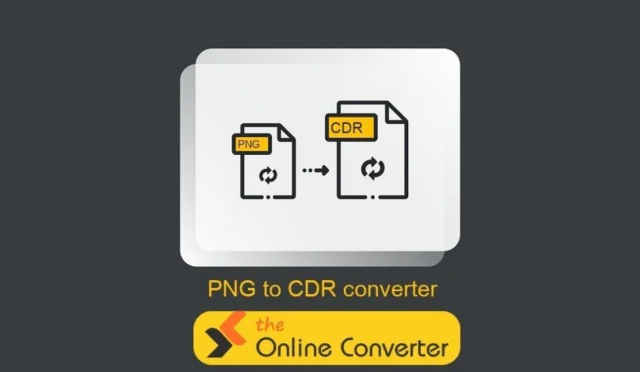This article explores some of the fundamental data modeling techniques that enhance the accuracy and performance of business intelligence.
Advanced-Data Modeling Techniques in Power BI
Businesses have an immense flow of information and data that needs sorting. Often, this is not something hands-on or manual bookkeeping can achieve on its own. This is where data modeling comes in.
This is the process of analyzing and segregating all the different types of data your business acquires and produces and establishing the relationships between those individual elements.
This is done by using graphical representations, symbols, data modeling concepts, and texts to store and keep for your access as your business determines how data is used and when the data modeling techniques in Power BI process become an exercise in understanding and clarifying your data requirements.
So, what are the different types of advanced data modeling techniques?
It is safe to say that data modeling is not a monolith process. Depending on the type of information you’re dealing with, you might have to change the process of organizing said data.
Conceptual data modeling
This type of modeling defines the overarching structure of your company and its information. This is mostly used for organizing business ideas. Any conceptual data model is influenced by the stakeholders of your business as well as the engineers or architects working on building this model.
For instance, if you have customer, workers, and product data, each of these data buckets is known as an entity. Each entity has a unique relationship with other entities. This is where the conceptual data model comes into establishing those relationships.
Logical data modeling
Once you have the conceptual data model prepared, the logical model with specific cases of data within each entity bucket will follow. It works to establish the relationships between the individual attributes of each entity.
For instance, let’s say a customer purchases a product from a sales associate. The logical and technical models are used to establish this pathway of the relationship between these three entities, that is, the customer, the products, and the person bridging the two together.
Physical data modeling
This is the process of taking the information used in the logical data model for the use of database administrators and developers. It is developed for a highly specific database tool and storage technology. This data is made available throughout the business circuit to make sure it is accessible to people at all times. This is basically the final stage of modeling, which is what the previous two kinds have been leading towards in the process of databasization.
Wrapping Up
This brings us closer to some of the data modeling techniques that go on to power business intelligence. These are foundational for organizing and archiving all the flow of information that occurs on a daily basis in any business. These three techniques of information flow determine how the data being generated and acquired by a business are made available to the people working for their use.







